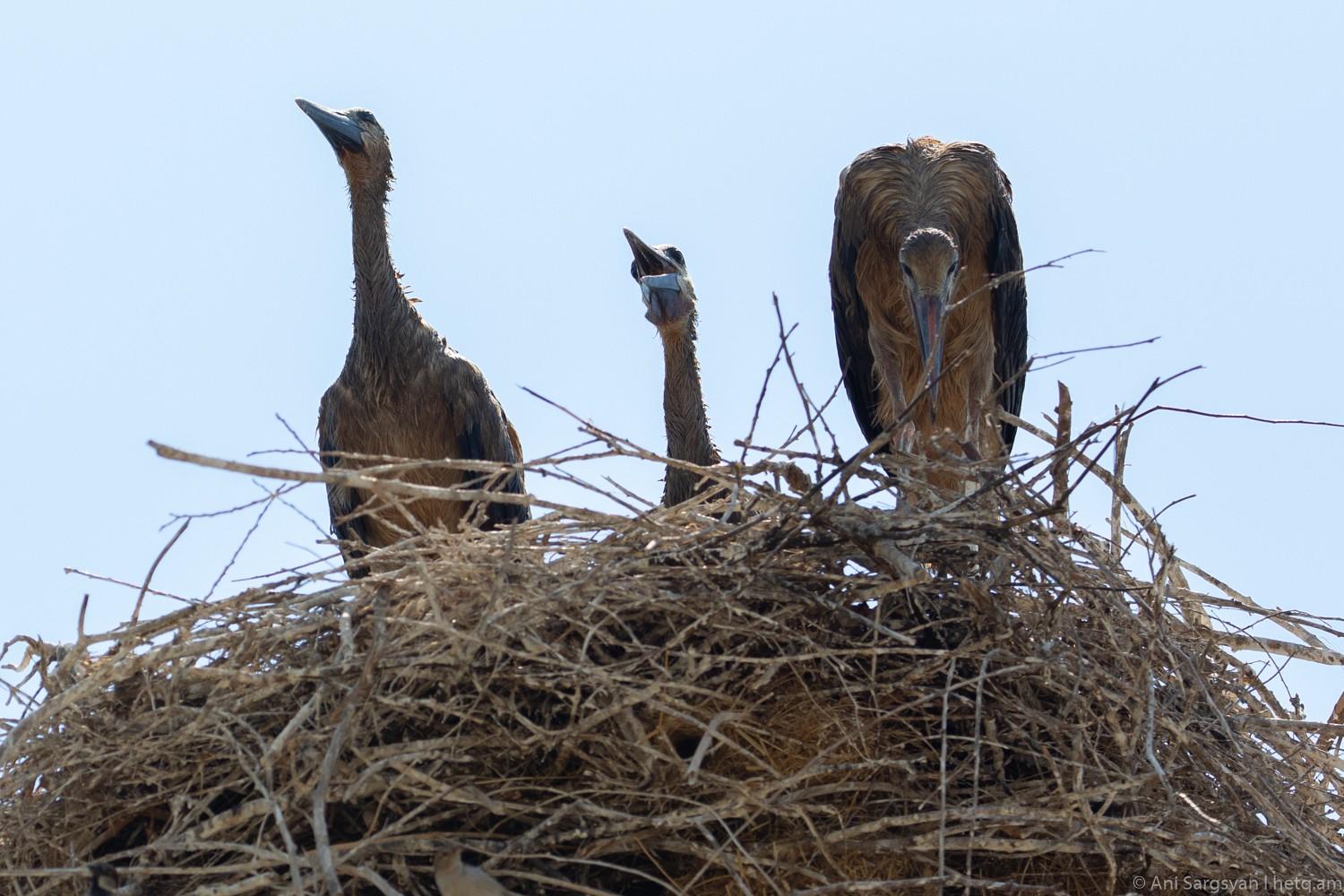
Oil-Soaked Storks Again Spotted in Armenia’s Ararat Province; Residents Disagree on the Cause
A team of Hetq reporters yesterday visited the Hovtashen, Noramarg, Sis, Hovtashat, Dashtavan and Zorak villages located in Armenia’s Ararat Province to check of the status of storks in the area.
Last year, Hetq visited several villages in Ararat and Armavir, following reports that many of the birds were covered with a mysterious oil.
What we uncovered yesterday, sadly, seems to be a repeat of last year. But we still do not know the full extent of the problem.
Then, following a public uproar on the birds’ condition, the government dispatched a team of specialists to the area to trace the source of the oily substance matting the feathers of the birds.
Their findings were inconclusive.
A criminal case was launched into the matter, but in May of this year the Investigative Committee (IC) dropped the case citing to a lack of evidence of criminality.
In a letter to Hetq, the IC merely noted that four storks had died to the oil and that it presented no danger to Armenia’s stork population. In addition, the IC wrote that 20-25 storks annually are killed when they touch electric wires.
Recently, photos of oil-matted storks in Ararat villages appeared on various social networks. Hetq toured the above-mentioned six villages and talked to the residents.
In the village of Hovtashen, for example, which was considered the epicenter of the situation last year, we photographed storks with dirty grey bodies.
One Hovtashen resident, however, claimed that he had witnessed mature birds do using their chicks with muddy water as protections from the scorching rays of the sun.
Residents assured us that the situation this year is relatively better than last year, pointing to a comparatively clean irrigation canals running from a local feeding area used by the birds.
A Hovtashat storeowner, seeing the photo that recently appeared on the social web of a matted feathered stork taken near his house, pointed us to the very bird in question. For the past few days, the bird has been a constant fixture in the village, lying down on the sidewalk of a well-trafficked street.
The storeowner told us that this is one of the juvenile birds that had fallen from the nest on an electricity pole opposite his house. He saidthe nest is now empty. Some of the other juvenile storks have since died. The storeowner said he’s now feeding the solitary stork.
He added that calls to the emergency services about the bird were fruitless. No one showed up.
Perhaps this was the reason why, in reply to our first question whether there are oil-soaked storks in Hovtashat this year, he said, with a note of excitement, “Of course there are. Why else have you come?”
The man said the young stork wouldn’t last long, even though they are feeding. He said the bird was very weak. He believes the oily mass on the feathers is picked up when the mature birds feed in the canals, passing the pollutant to their offspring in the nest.
He believes neighboring fish farms are discharging fish waste into the canals used by the storks.
Since the Hetq team only spotted this one helpless stork, unable to fly, during its tour of the six villages, we ask that our readers inform the Hetq editorial office if they have further information on the situation.
 Videos
Videos Photos
Photos
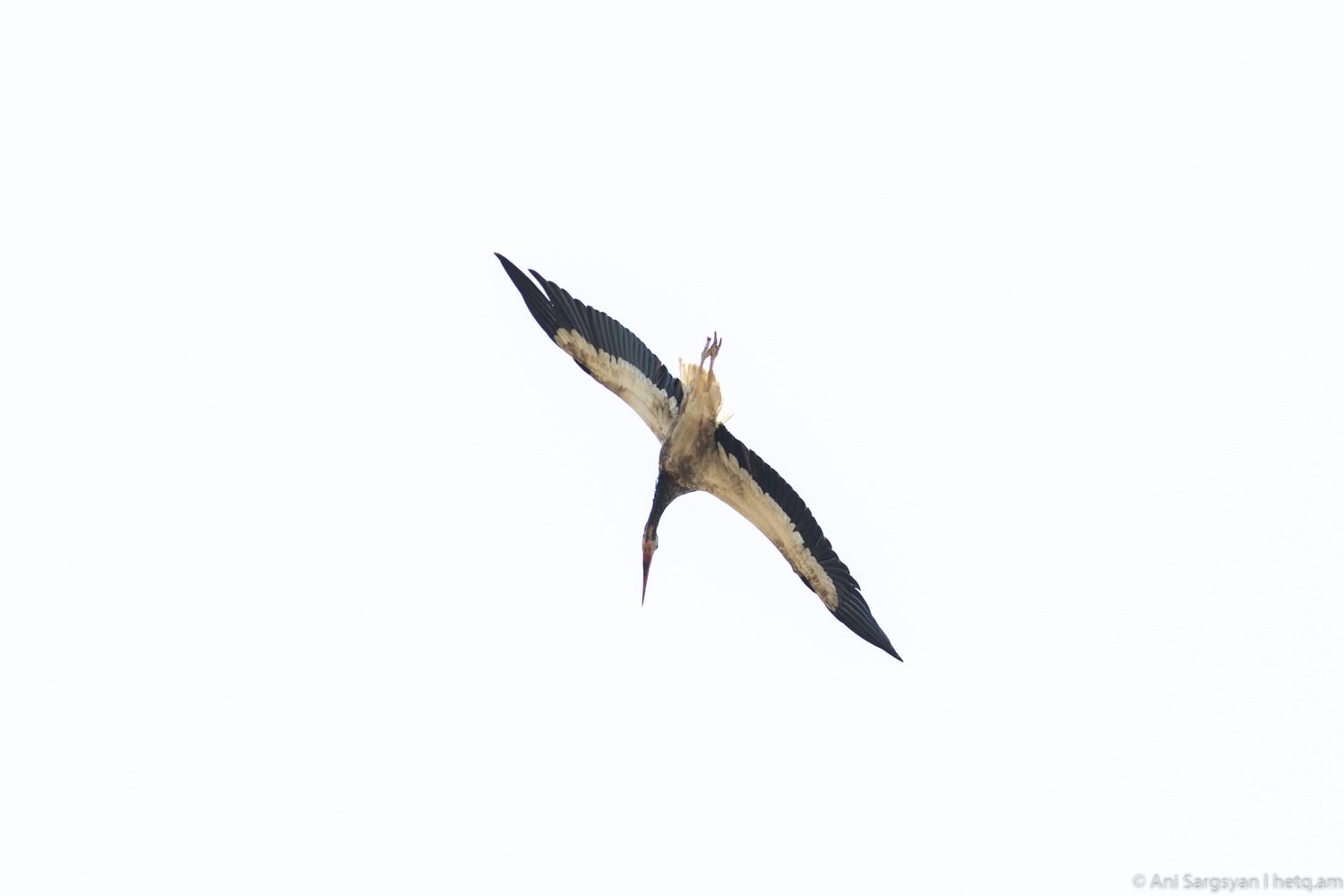
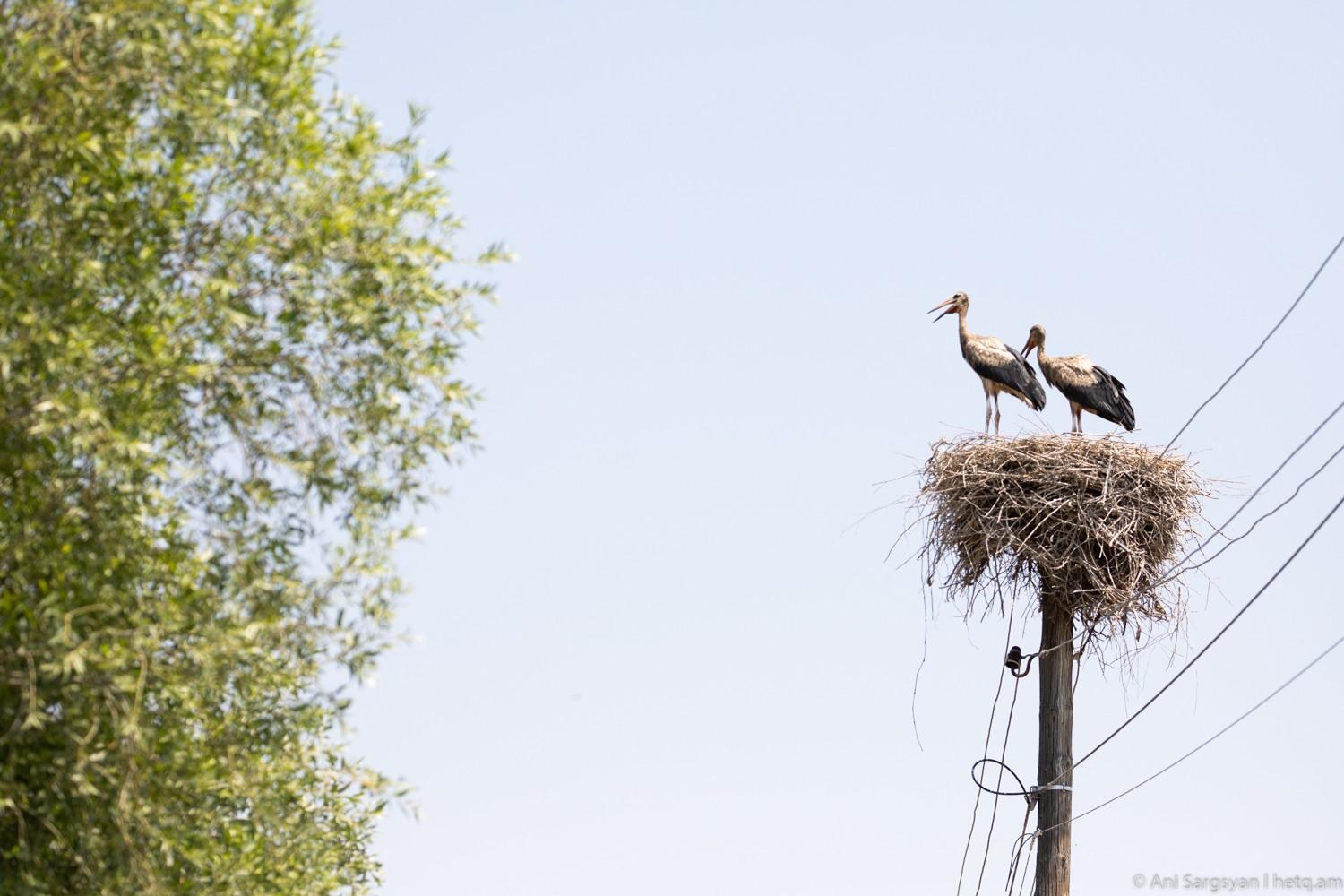

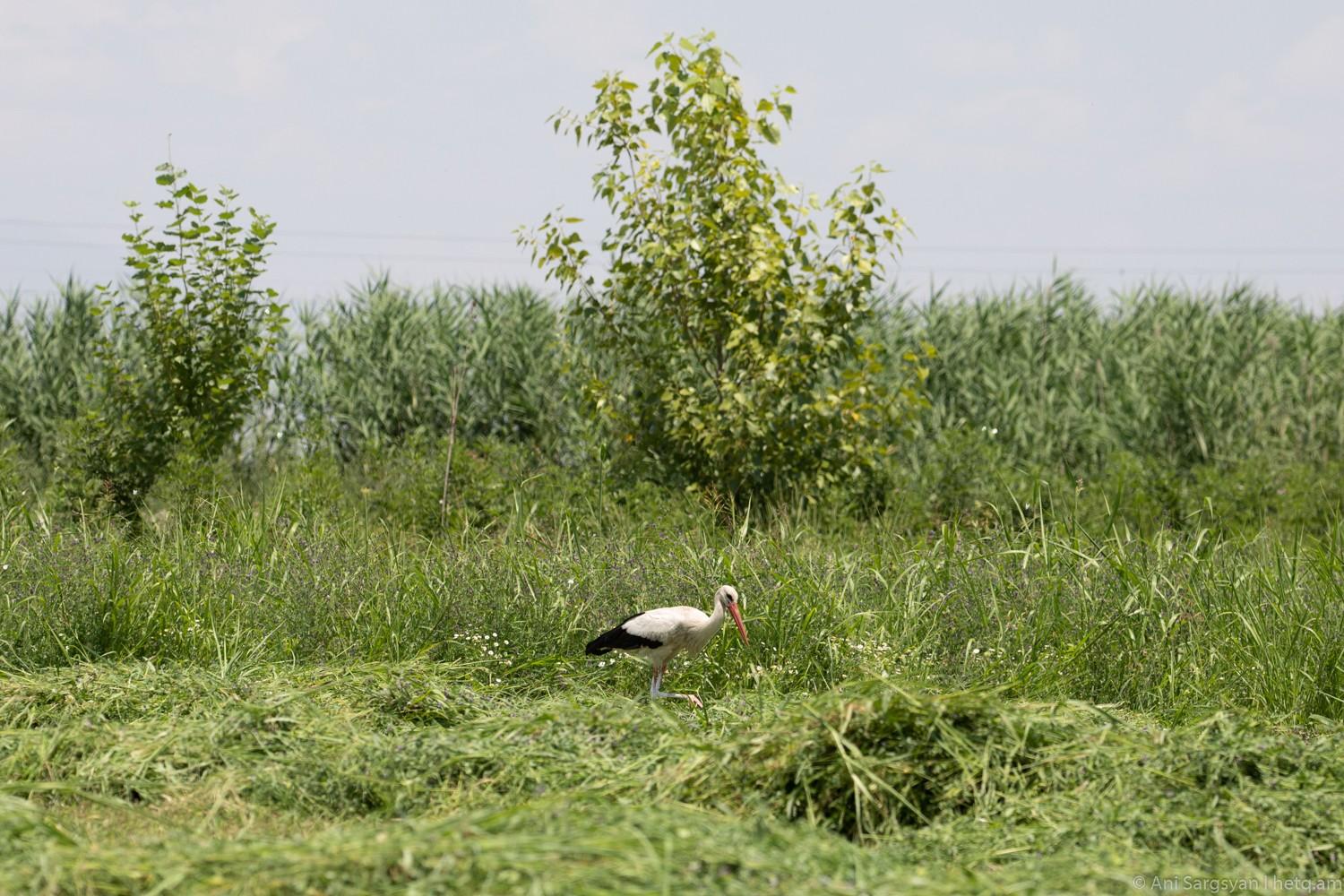
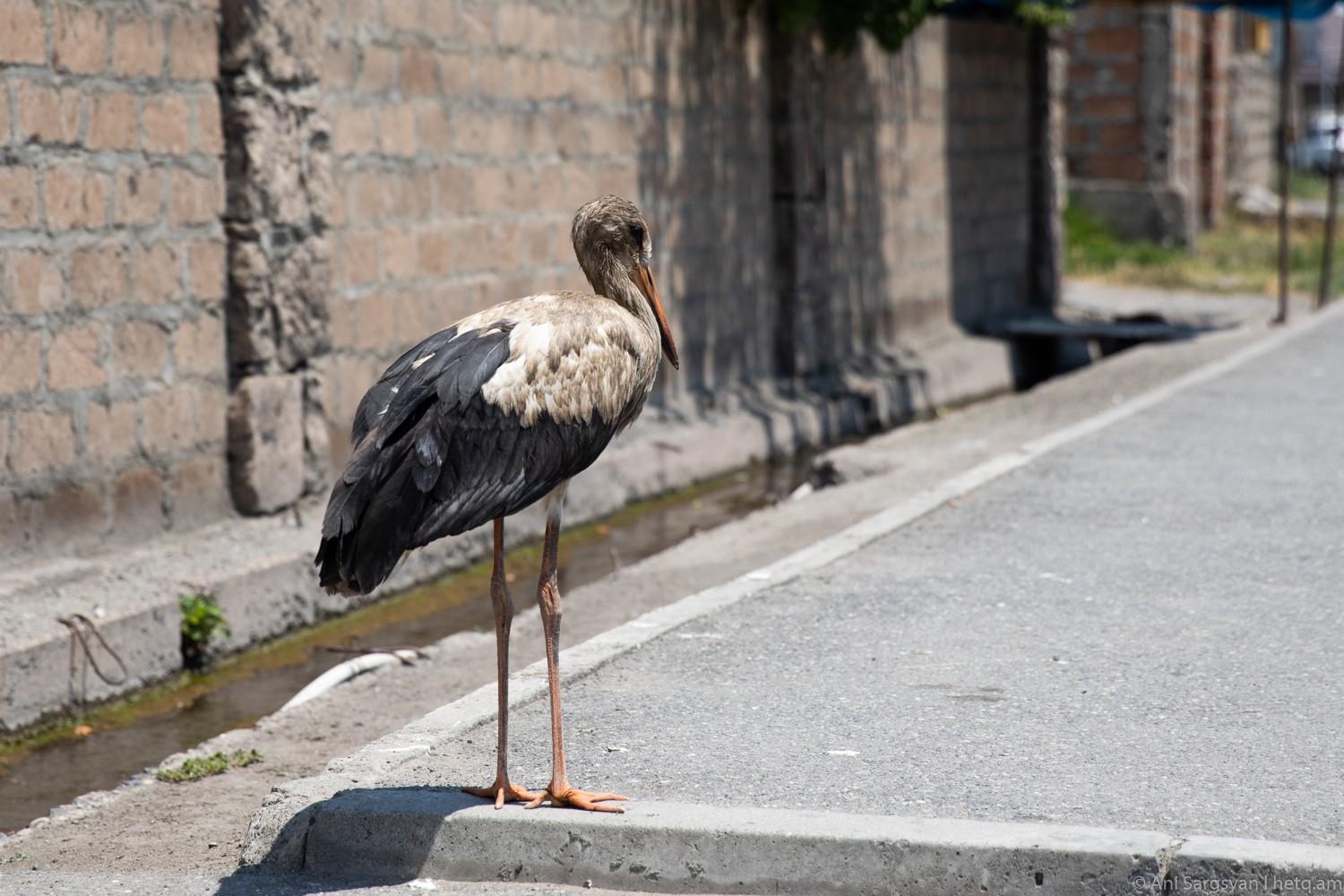
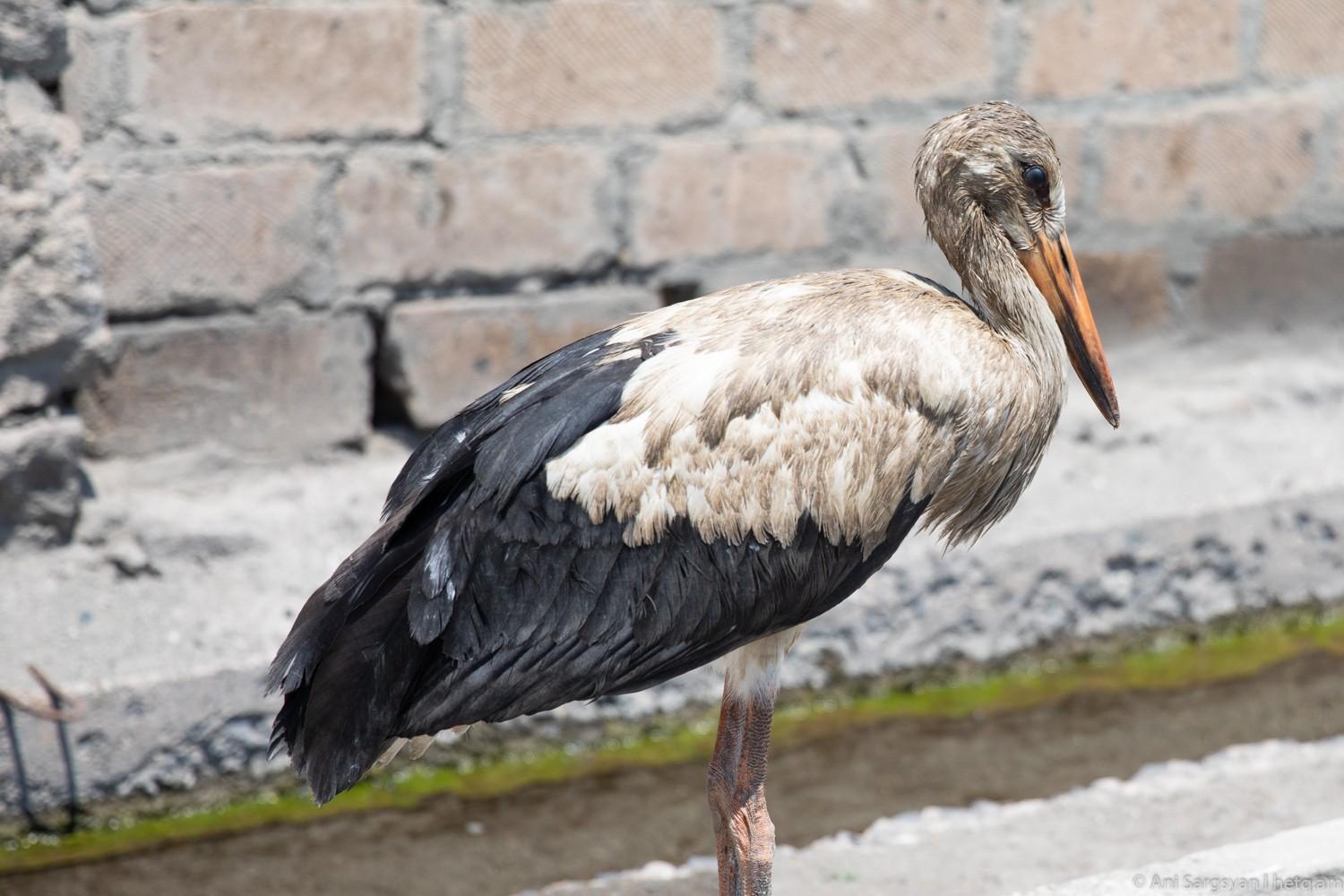
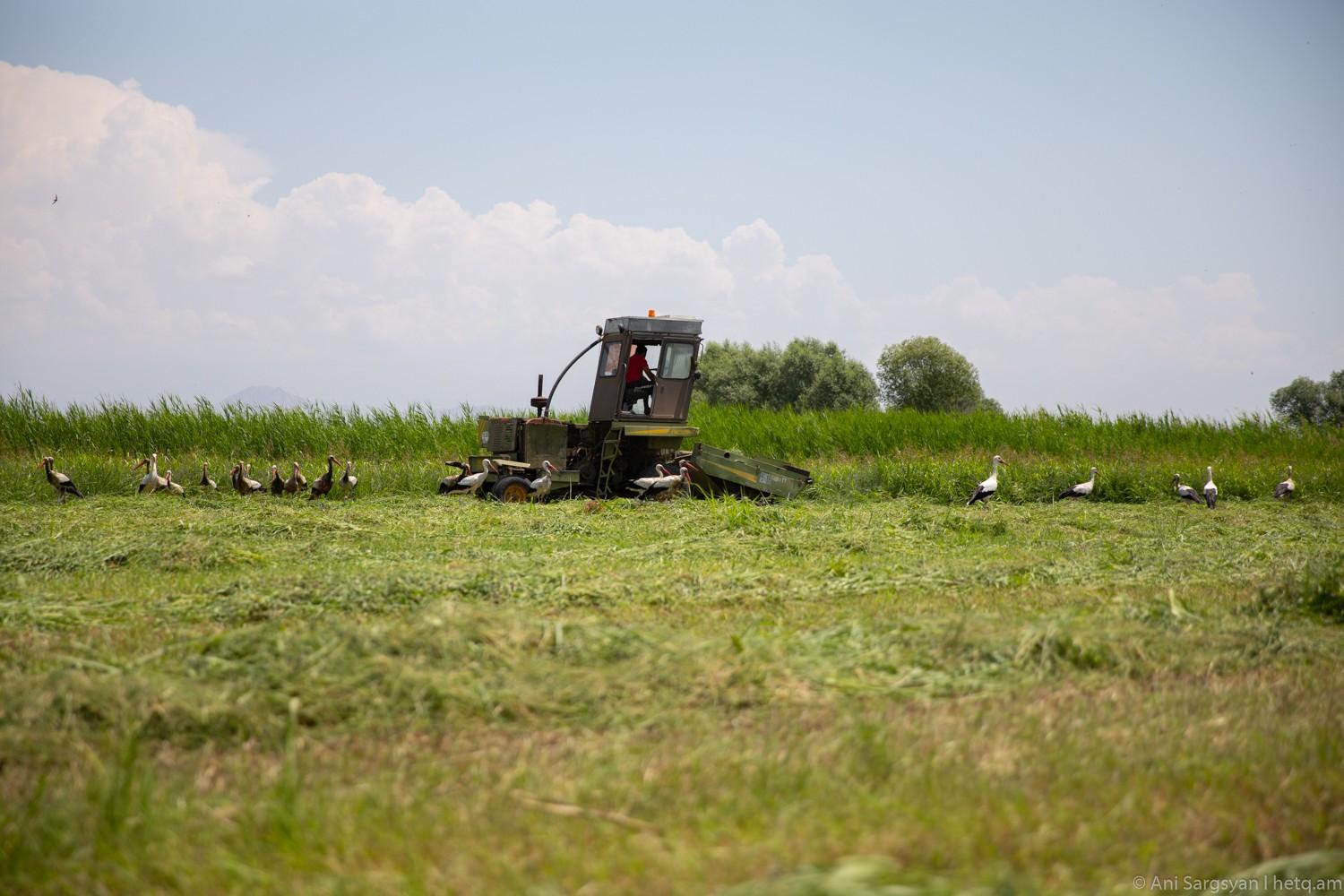
Write a comment